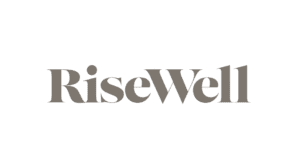Holiday is here. We’ve frozen PTO, we have twice a day check-ins with most clients, and most of those, seven days a week.
Challenges
We have tons of data showing that “holiday” is actually a 2.5 month event, from mid-Oct., through the end of December. We’ve counseled our clients to start their sales earlier, and we track each client’s actual daily revenue against their target daily revenue.
Meaning, if you want to make $1,000,000 in November, you need to make $33,333 a day. If you’re actually making an average of, say, $25,000 a day, that’s a delta of $8,333 a day. That seems like it might be small enough hill to climb, if you’ve got a 35% off sale starting Saturday the 19th
But if you want to make $1,000,000 in November, and you’re actually making an average of, $10,000 a day, that’s a delta of $23,333 a day. That is a big hill to climb.
Solutions
- Be Proactive – We’re recommending that partners supply creative with an increased discount (20% vs 25%) in the event that we need to swap in order to be more aggressive in market
- Be Flexible – Base and stretch goals are going to be key to winning your Holiday push
- Be Nimble – ROAS floors are a great way to strike while the iron is hot. Confirm ROAS bands with your team to speed up decision making in the moment
Results
We do have clients who exceeding their goals. In that same hypothetical example, imagine client who is making an average of $40,000 a day MTD – they’re ahead of their goals by 7K a day. It’s the 15th of the month – that means that they’re $105K over their target.
I’d much rather be in a place where we’re ahead of targets on Thanksgiving, than behind. Even if that means starting a sale ealier.
If you’re not already a Mason client, book a consultation with our team and we’ll work on a tailored approach for your brand, together.


































